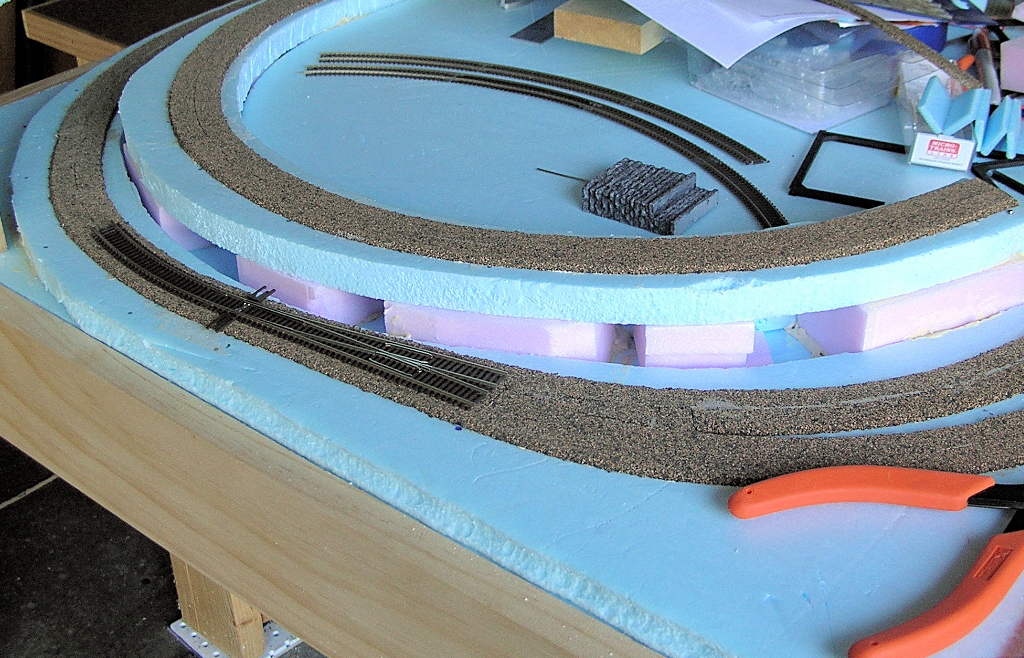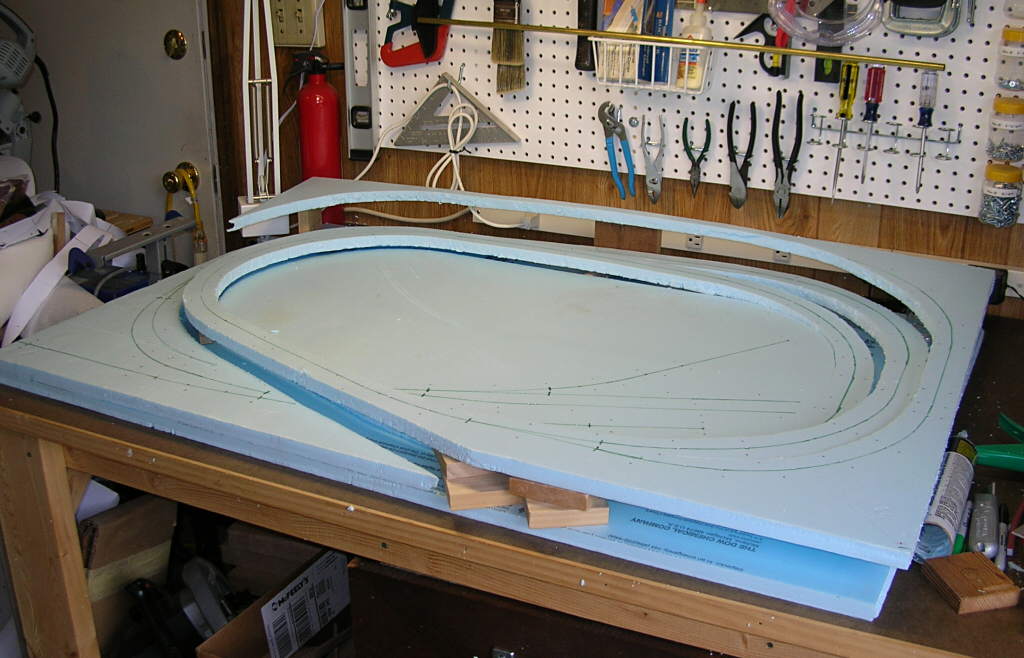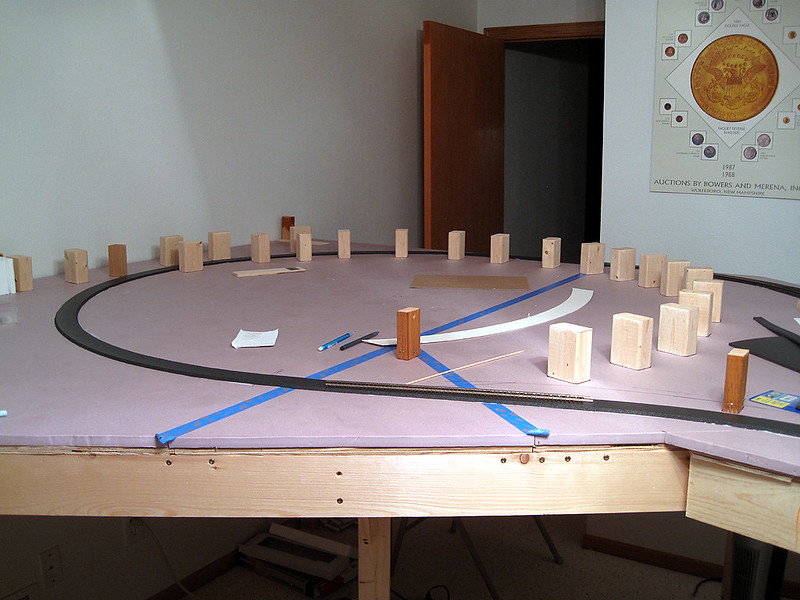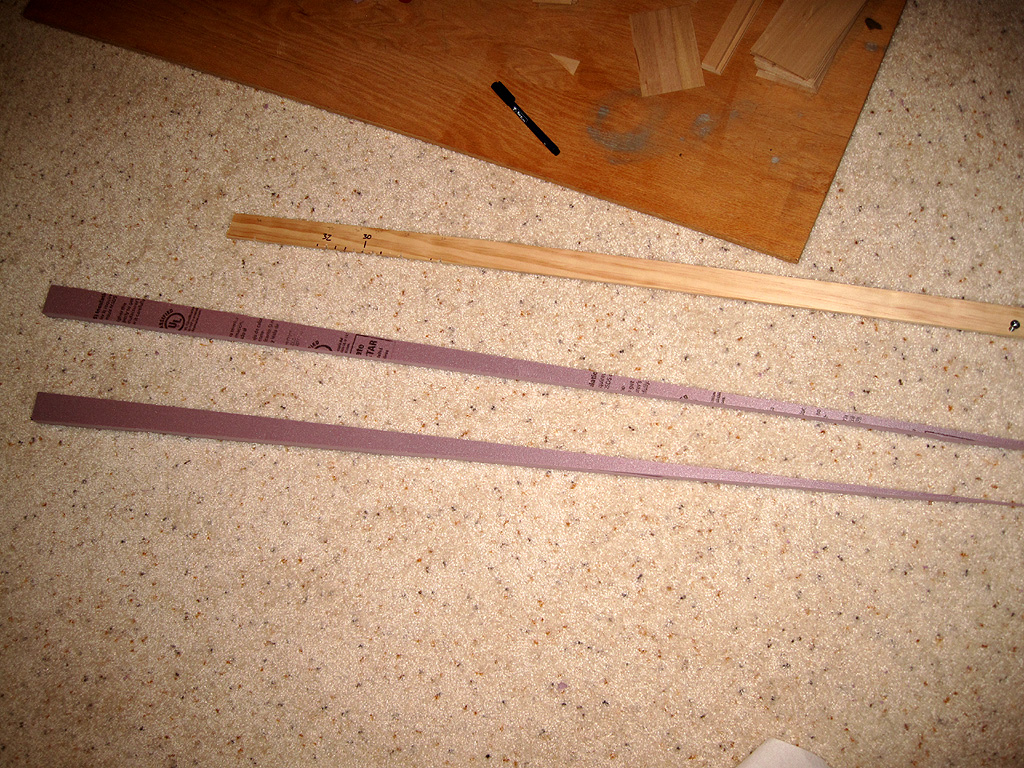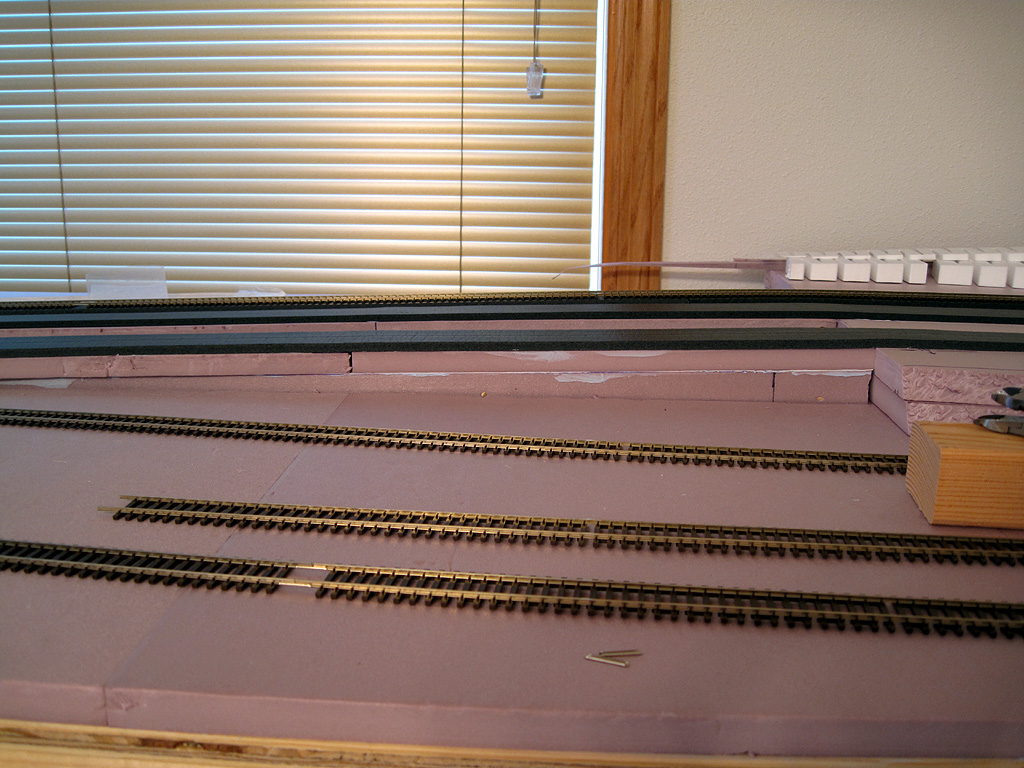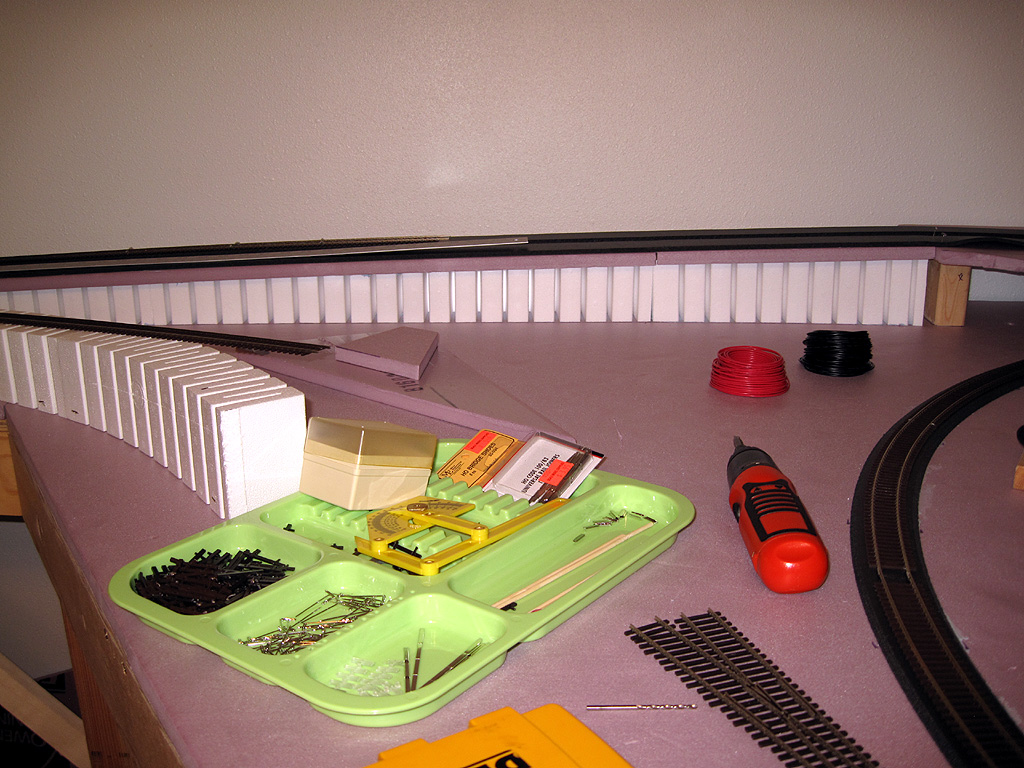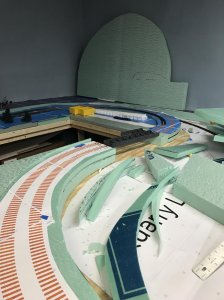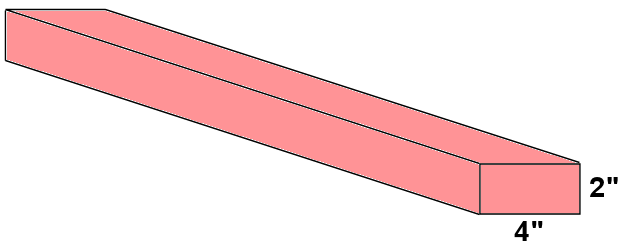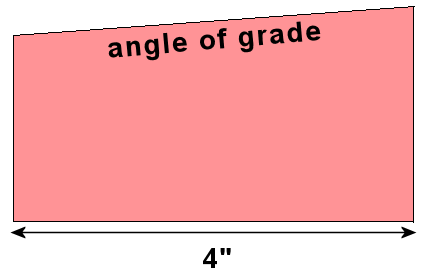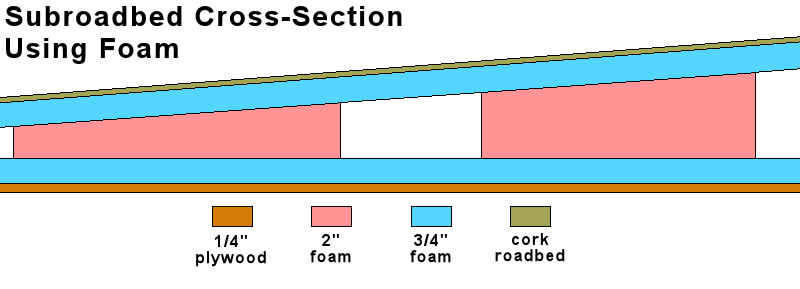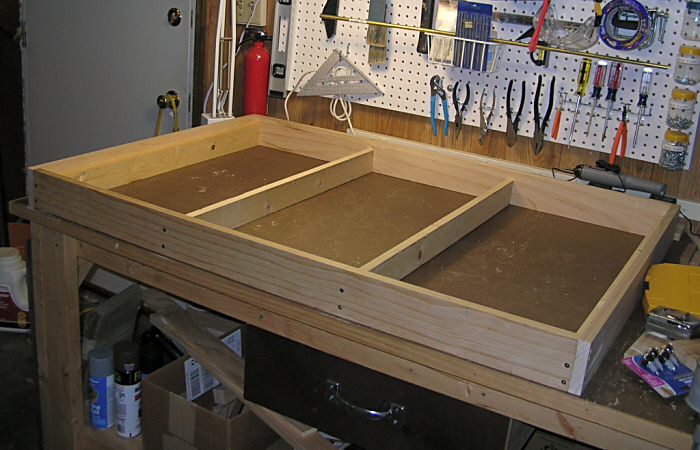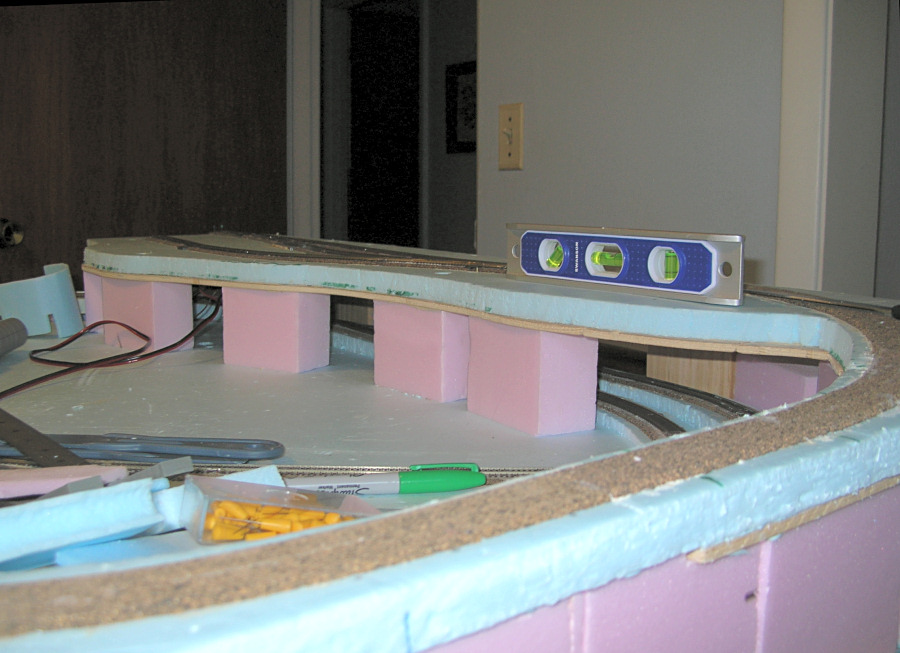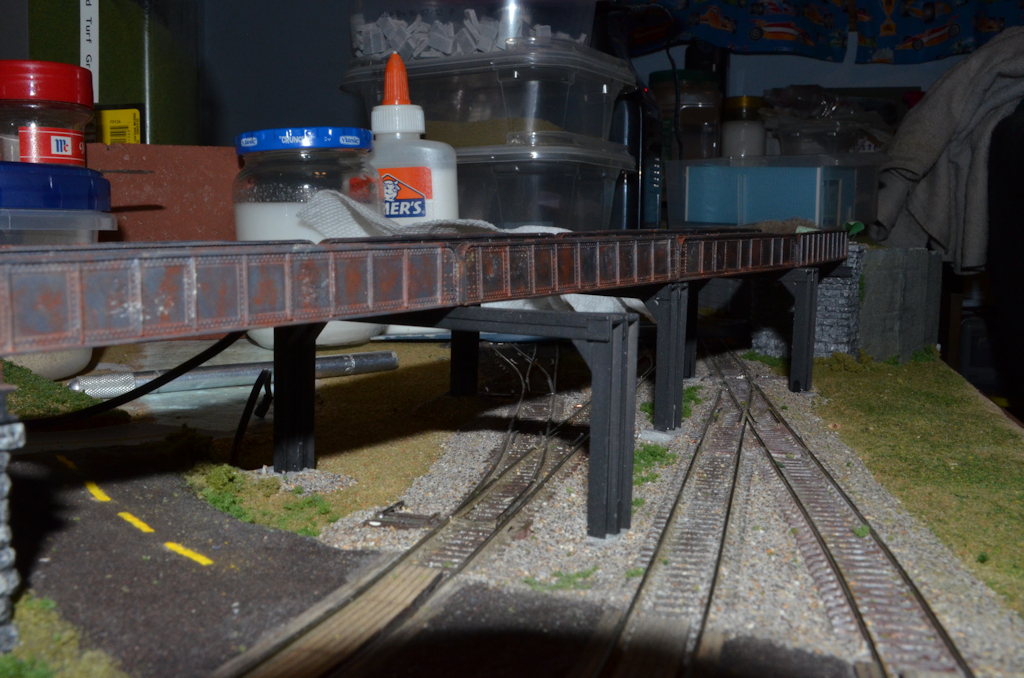railBuilderDhd
Active Member
Hi Guys,
I'm working on the foam below my track and have questions about what others are doing or should I just purchase the WS foam risers and not bother with this myself.
I'm trying to create a grade about 2°. When I cut the foam I'm not getting a even surface to run my track. I was thinking I could smooth out the surface with hydrocal or plaster or even sculptymold to get the smooth level grade for my track to run. I was thinking it shouldn't matter much as the cork will be on this surface and the track on that. As long as the grade done evenly the surface material shouldn't mater. CORRECT?
The other option I can purchase the WS foam risers and just use them. I would love to hear what others have done or are doing.
Dave
I'm working on the foam below my track and have questions about what others are doing or should I just purchase the WS foam risers and not bother with this myself.
I'm trying to create a grade about 2°. When I cut the foam I'm not getting a even surface to run my track. I was thinking I could smooth out the surface with hydrocal or plaster or even sculptymold to get the smooth level grade for my track to run. I was thinking it shouldn't matter much as the cork will be on this surface and the track on that. As long as the grade done evenly the surface material shouldn't mater. CORRECT?
The other option I can purchase the WS foam risers and just use them. I would love to hear what others have done or are doing.
Dave

